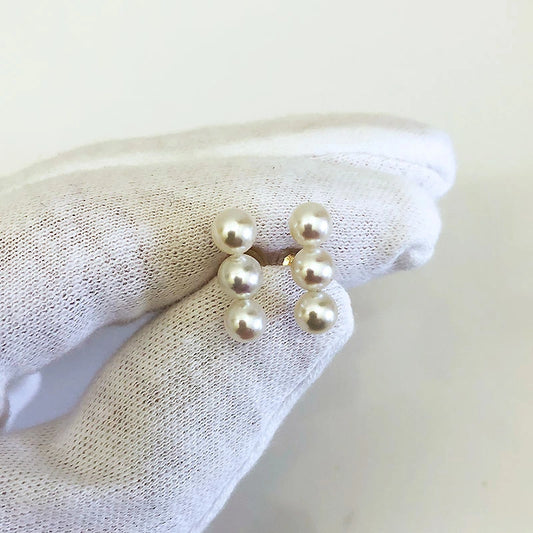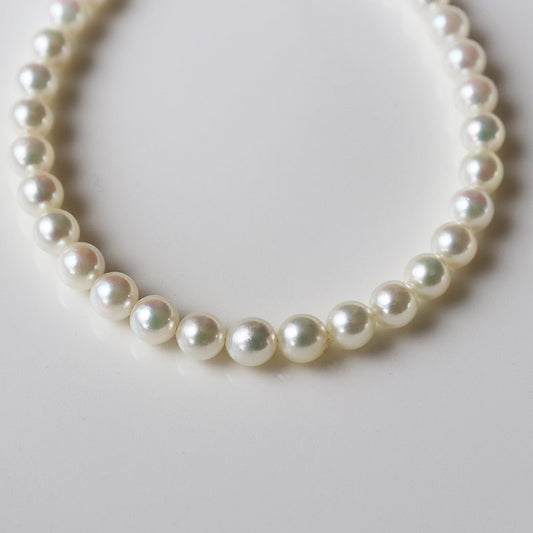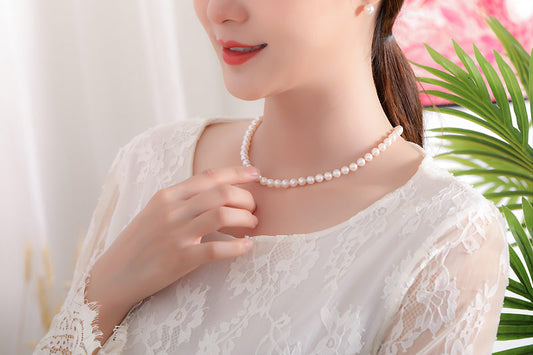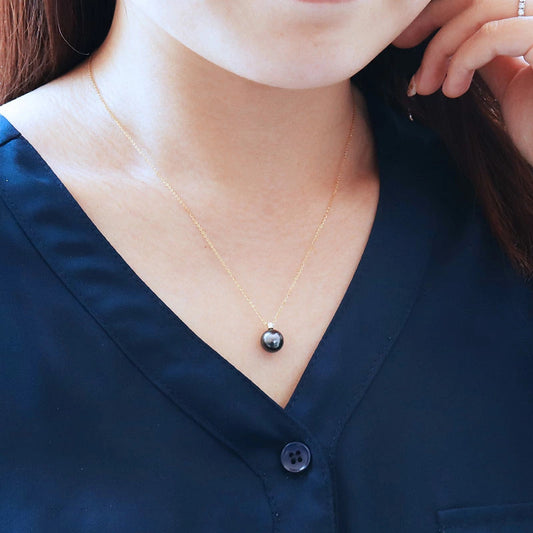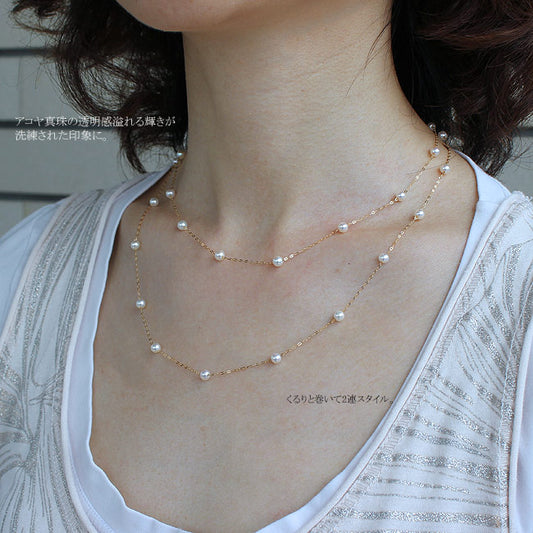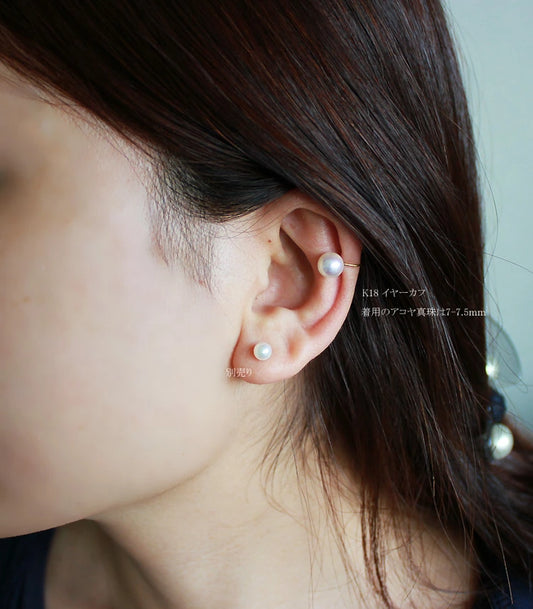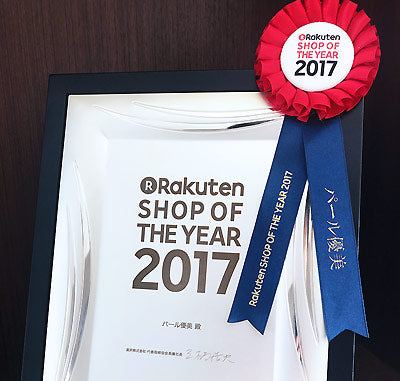
乐天年度最佳商店奖
在拥有超过 50,000 家店铺的乐天市场中,约 100 家店铺获得了 2017 年“乐天年度最佳店铺”奖。综合评价用户人气票数和销量,评选出年度最佳店铺。我们是珍珠类首家获奖店,也是珍珠类唯一一家获奖店。
收藏品
-
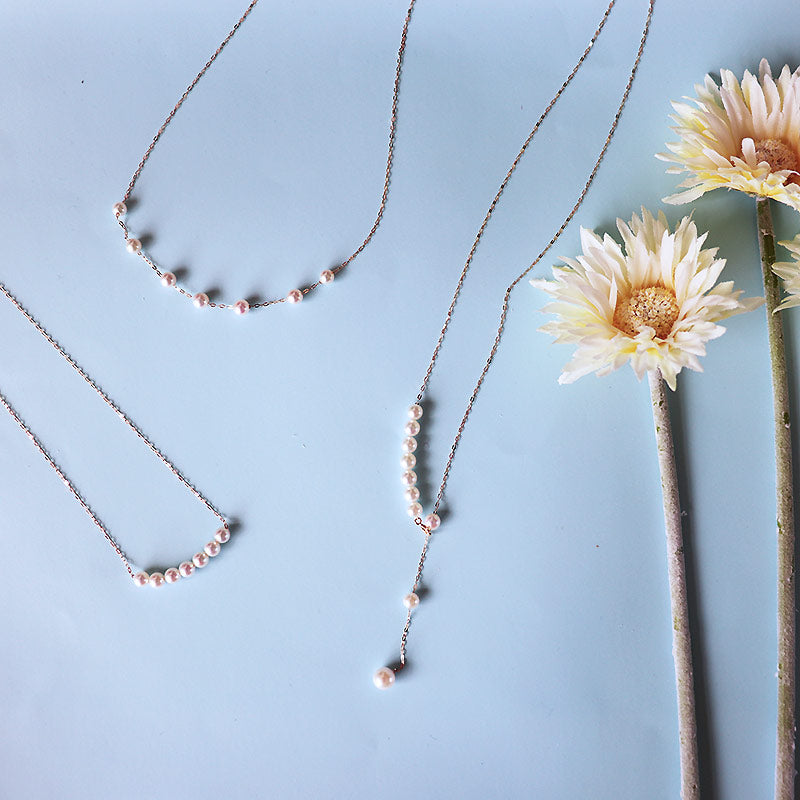
<tc>珍珠移动系列(专利)</tc>
【专利号】专利号6805455 珍珠可以自由移动和固定,一个多功能和高附加值的款式,一款可以享受各种设计。PearlYuumi品牌独特技术,已取得专利。
-
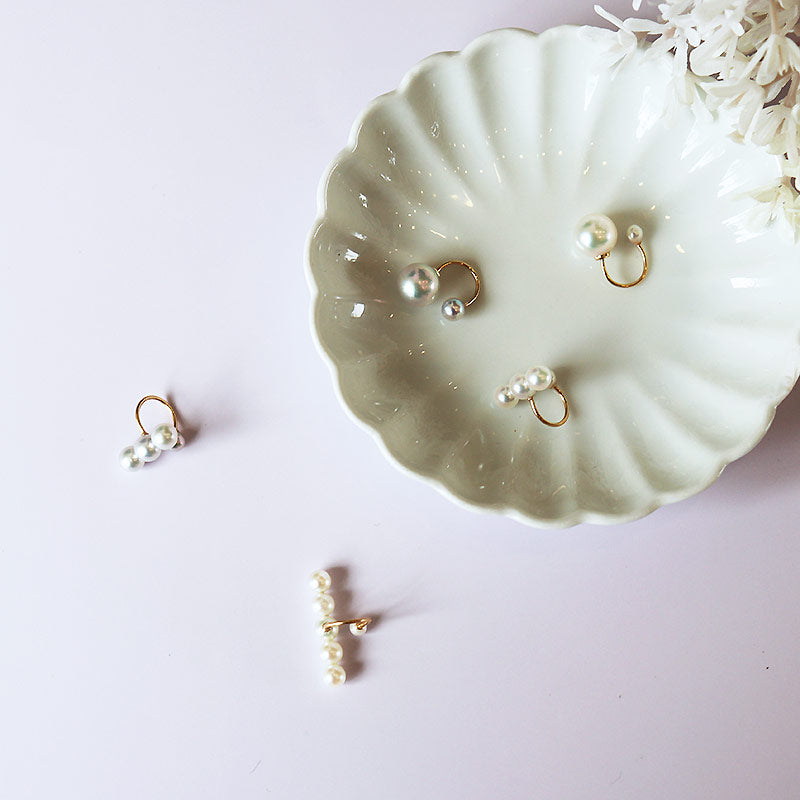
<tc>耳夹</tc>
用优质 Akoya 珍珠镶嵌的耳夹。 是一款奢华的耳夹,背面有K18原创耳夹和稀有的AkoyaBaby珍珠。
-
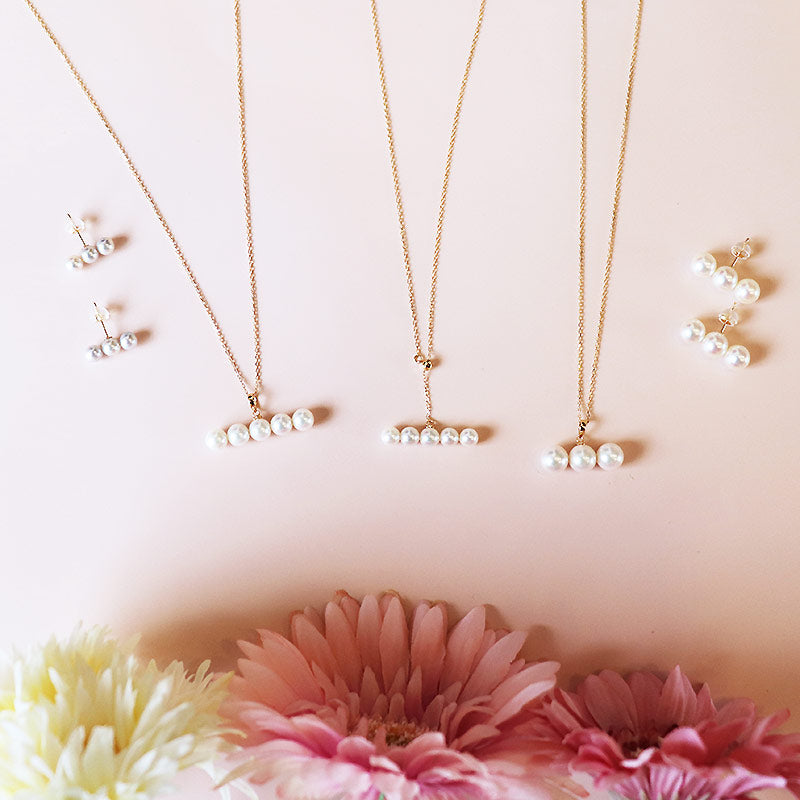
<tc>平衡系列</tc>
简单地以均衡的方式排列珍珠的平衡系列。 简单又可爱又好佩戴的系列。
-
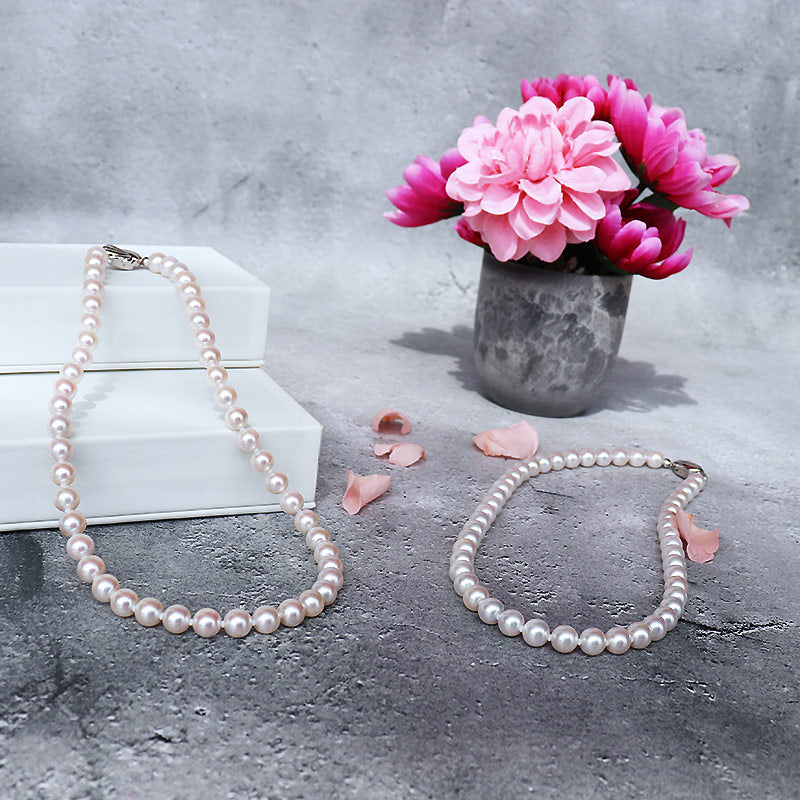
<tc>正式款</tc>
我们有适用于正式场合的珍珠款式。 珍珠项链佩戴在婚礼、葬礼、庆典、入学典礼、毕业典礼等场合。 是可以在任何场合使用的便利饰品,被推测为“日本人拥有最多的珠宝”。
-
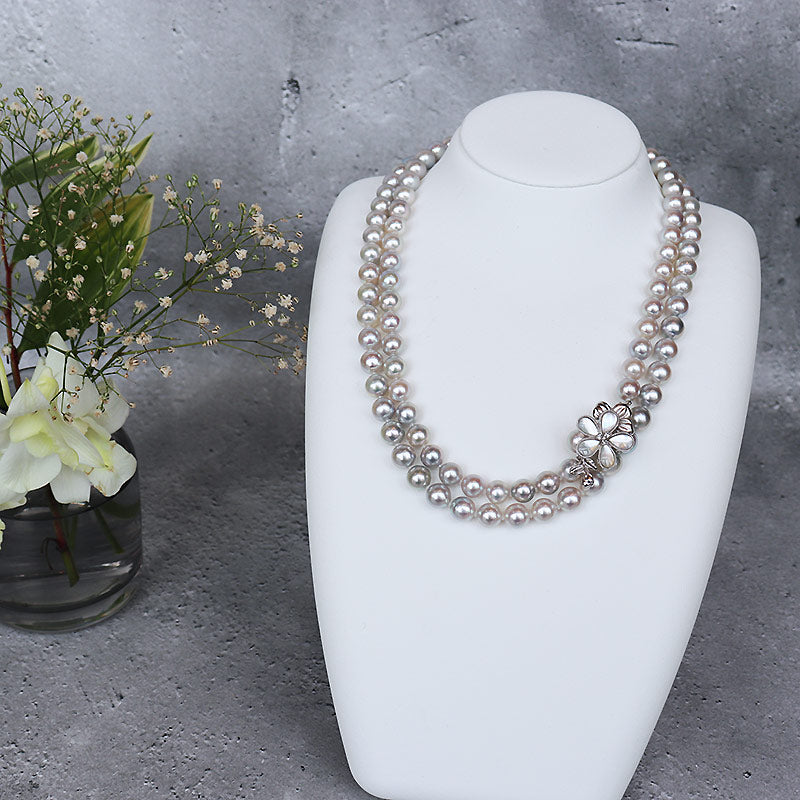
<tc>长款项链</tc>
珍珠长项链是经典首饰之一。 易穿易搭配的Akoya珍珠长项链 从古至今备受喜爱。 适合各种场合,从休闲到商务场合。
-
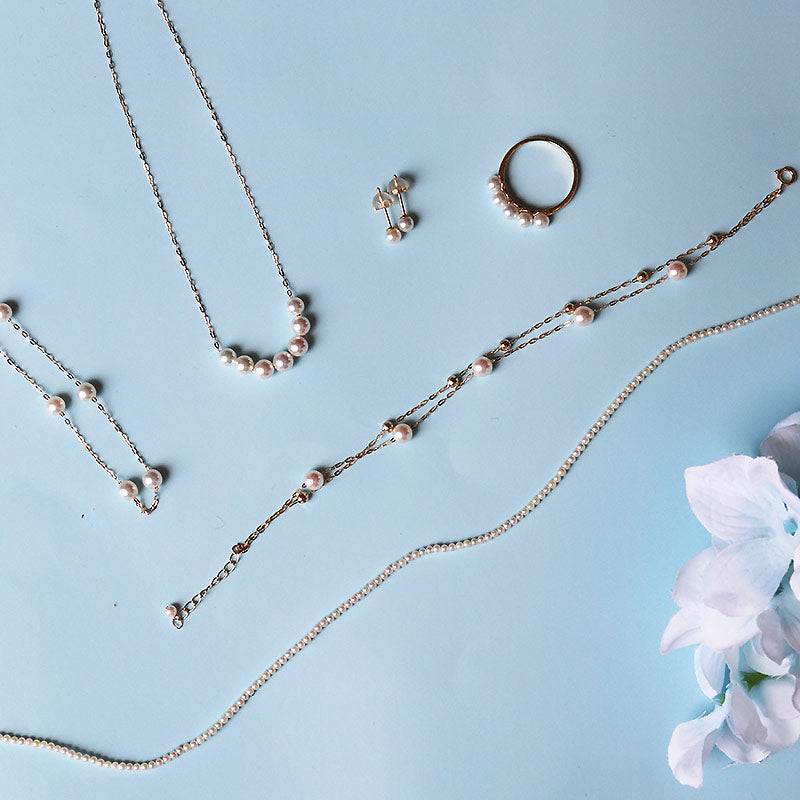
<tc>Baby小珍珠</tc>
Akoya 小珍珠是非常小的核(2mm 到 3mm),小心地插入 Akoya 母贝以免损坏它们。非常需要时间和精力。 (因为是用传统的特殊工艺制作的,只有少数工匠可以制作。)制作比普通尺寸需要更多的时间和精力Akoya 珍珠。质量好的婴儿珍珠只能获得少量现在只有少数几家公司在生产。产量逐年下降年复一年,已经很少见了。
珍珠自由移动(专利号 6805455)
人气商品
-
<tc>Akoya 珍珠项链 Baby珍珠 K18YG 【专利号】专利号 6805455 【珍珠滑动系列】链穿项链 4-5mm/6.5-7mm 母亲节礼物婚礼真珍珠珍珠 Y 形项链</tc>
厂商:パール優美-Pearlyuumi-常规价格 来自 $219.52 USD常规价格单价 单价 -
<tc>Akoya 珍珠一颗钻石项链 K18YG 或 K18WG D0.04ct 1pcs 珍珠尺寸可选 珍珠 钻石 经典款</tc>
厂商:パール優美-Pearlyuumi-常规价格 来自 $313.81 USD常规价格单价 单价 -
Akoya 珍珠单颗钻石耳环 K18YG 或 K18WG D0.05ct 2pcs 珍珠尺寸可选珍珠钻石
厂商:パール優美-Pearlyuumi-常规价格 来自 $261.43 USD常规价格单价 单价 -
<tc>平衡系列Akoya珍珠耳环7-7.5mm K18YGorK14WG耳环</tc>
厂商:パール優美-Pearlyuumi-常规价格 来自 $198.10 USD常规价格单价 单价 -
Akoya 珍珠手链婴儿珍珠 4-5 毫米 K18YG 或 K14WG 稀有尺寸婴儿珍珠台手链
厂商:パール優美-Pearlyuumi-常规价格 $161.43 USD常规价格单价 单价 -
<tc>Akoya 珍珠Baby珍珠耳钉 [Akoya Pearl] [5.0-5.5mm 耳环直钉 K18YG 或 K14WG]</tc>
厂商:パール優美-Pearlyuumi-常规价格 $109.05 USD常规价格单价 单价 -
<tc>Akoya珍珠平衡耳环5-6mm Baby小珍珠K18YG or K14WG耳环</tc>
厂商:パール優美-Pearlyuumi-常规价格 $166.67 USD常规价格单价 单价 -
akoya【Akoya珍珠】【婴儿珍珠】【Akoya珍珠5-6mm】【手链】【白色】海水珍珠【特价】【新品】【产品保修】K18YG【黄金】
厂商:パール優美-Pearlyuumi-常规价格 $387.14 USD常规价格单价 单价 -
Akoya珍珠正式项链【Akoya珍珠6-7mm】【白粉】珍珠项链【特价】【总长42cm】毕业典礼入学典礼入学典礼
厂商:パール優美-Pearlyuumi-常规价格 $701.43 USD常规价格单价 单价 -
K18YG黑蝴蝶珍珠一号DIA项链钻石珍珠钻石大溪地珍珠项链D0.04ct 1pcs
厂商:パール優美-Pearlyuumi-常规价格 $429.05 USD常规价格单价 单价 -
<tc>Akoya 珍珠长款项链 Baby Pearl Pearl K18黄金or K14白金 满天星项链</tc>
厂商:パール優美-Pearlyuumi-常规价格 $481.43 USD常规价格单价 单价 -
Akoya 珍珠 K18YG 耳套 您可以选择珍珠的大小 非常适合您的耳朵!
厂商:パール優美-Pearlyuumi-常规价格 来自 $124.76 USD常规价格单价 单价
-
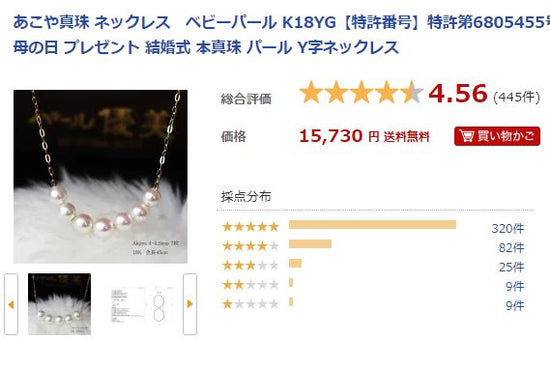
★★★★★
我强烈推荐它。我买了7粒的。我认为这不仅仅是价格,因为 teri 很结实,而且谷物排列整齐。链子很细,珍珠很小,所以非常适合工作和日常使用,不会显得突兀。在工作中,我经常将它搭配简单的黑色或海军蓝上衣,我喜欢它,因为它看起来很熟悉。链子随意地闪闪发光,所以我认为它很适合搭配夹克。能够照顾每颗珍珠也很好,因为您可以移动珍珠的位置。我很高兴我买了它,所以我肯定会向任何犹豫购买它的人推荐它。
-

★★★★★
珍珠很漂亮!我买这个是因为我正在寻找一个可以搭配漂亮衣服的配饰。两周后到货,部分原因是我换了耳环。珍珠有光泽,很漂亮,我很满意。这是一个耳环,所以能够垂直和水平地改变它是很好的。
-
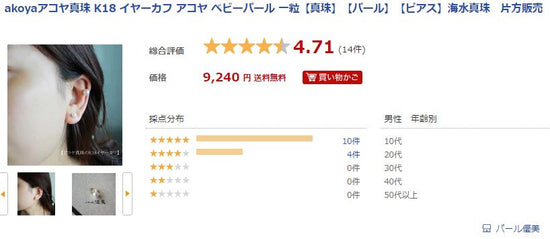
★★★★★
极光珍珠?它由让您思考的优质珍珠制成,优雅而可爱。
尺寸为7.5~8mm,但单独使用会更好! !虽然有点后悔,但它的尺寸刚刚好,因为它应该和其他耳套叠在一起。
之前一直犹豫要不要选别的公司的淡水珍珠耳夹,但是我之前在这里买过不同的,所以我选择了这个产品,因为这里的Akoya珍珠质量是迄今为止最好的,很好。 -
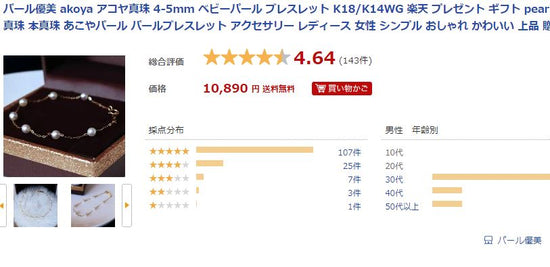
★★★★★
想知道有没有简单又不碍事的金手镯,
到了。
决定性因素是好评。
珍珠真的很小,但感觉不重
也不碍事。
7 粒在 18 厘米。可爱的。
珍珠也有粉银色般的色泽和光泽。
小而美。
此外,这个链条的价格也很可靠。
闪光效果非常漂亮。我每天戴的
手表和手镯是银的,
的婚姻是金的,所以我想要一个
作为桥梁的东西,所以我很满意。
它已成为日常主食。 -
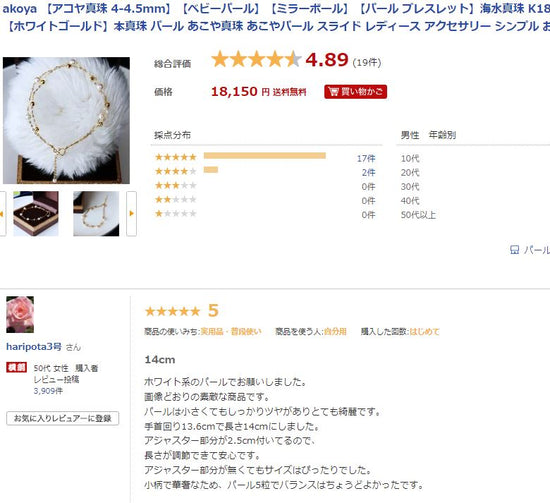
★★★★★
我要了一颗白珍珠。不错的产品,和图片一样。珍珠虽小,但有光泽,非常漂亮。腕围为13.6厘米,长度为14厘米。调节器部分是 2.5 厘米,因此您可以调整长度以放心。即使没有调节器部分,尺寸也很完美。我娇小娇嫩,所以 5 颗珍珠恰到好处。
-
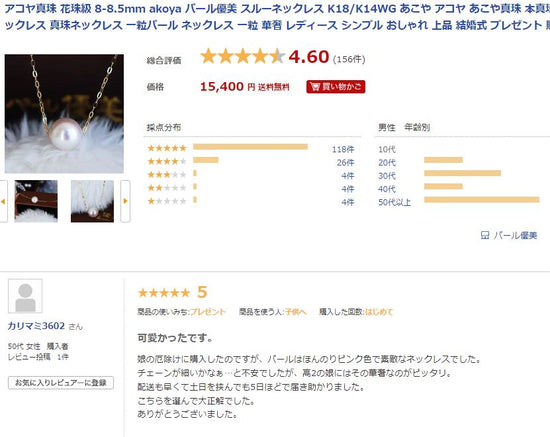
柱子
很可爱。我买了它作为我女儿的护身符,珍珠是一条漂亮的粉红色项链。我担心链条会太细,但它非常适合我高中二年级的女儿。交货速度很快,即使在周六和周日,它也会在大约 5 天内到达,这很有帮助。选择这个地方是一个很棒的决定。非常感谢。
谢谢您的订单。
我们将全心全意地交付货物。

珍珠的处理和护理
Handling of pearls
1) Wearing pearls
First of all, pearls should be worn after dressing up. If you use lotion or perfume spray after wearing a pearl necklace, earrings, or ring, the liquid will come into contact with the pearls, which will damage the mother-of-pearl and absorb dust, etc., causing stains. It may adversely affect the quality of pearls. Please follow the rule of "Pearl last".
Next, check the pearls before wearing. As for the necklace, pick up one side of the clasp and let him hang it down like a string.
If there is a gap of more than one bead in the thread, it is evidence that the thread is stretched considerably. It is necessary to change the thread so that the thread does not break. Also check the condition of the beads. In particular, examine the beads near the ends, which always come directly into contact with the neck. Are there pearls damaged by sweat? Since the center of the necklace rarely touches the skin directly, it is less likely to get damaged, but the ends of the necklace come into direct contact with the back of the neck, and are often damaged by sweat, so please be careful. . Please check
the clasp at the same time as checking
the necklace. Even if the clasp comes off and the necklace slips down, you may not notice it in a crowd or on the floor where there is no sound. Similarly, check the clasp when wearing the brooch.
In the case of rings and earrings, please check if the beads are firmly attached to the base. Be careful if the pearl seems to be wobbly. Normally, pearls are glued to the core rod of the stand with a two-component adhesive, but the bonding strength varies depending on the bonding conditions. Also, the hole drilled in the pearl may be shallow or the diameter of the core rod may differ from the hole diameter, so the adhesion may be weak. Be especially careful with rings with several small pearls. If you notice any of these problems
, stop wearing them and have them repaired at a specialty store as soon as possible. For broaches and necklaces that use many pearls, it can take months to repair even a single lost pearl because it is difficult to replace with the same quality.
When wearing pearls, be careful not to hit them against hard objects.
When getting in and out of a car or entering or exiting a building, pearls often hit hard objects. Also, be careful about what you eat and drink at parties and dinners. There have been cases where part of a necklace has fallen into a container containing juice, and the juice's pigment has adhered to the pearl, discoloring it. Avoid acidic foods such as vinegar and lemon juice. These can damage the pearls.
2) Storage of pearls
The keyword when storing pearls is "avoid". Do not expose pearls to extremely abnormal environments such as strong light, heat, acid, or humidity. Also, when storing jewelry in a jewelry box, separate it from other hard jewelry, or put jewelry in a plastic bag or wrap it in cloth to avoid direct contact. Instead of keeping it in storage for the whole time, take it out from time to time and give it a light polish.
3) Taking care of pearls
"Immediately" is the key word in taking care of pearls. When putting away the pearls you were wearing, take good care of them. Are you still sweating? Is it dirty? Are there any new scratches or discoloration? Is the string of the necklace loose? Are the beads of your earrings or rings coming off or wobbly? Wipe off sweat immediately with a soft cloth.
If you find something wrong with the pearl, such as a rough surface, do not leave it as it is. There are pamphlets that often advise you to wash pearls if they get dirty, but if possible, it is better not to do your own maintenance.
With a little care like this, you can extend the life of your pearls.
关于珍珠

Kokichi Mikimoto
Born January 25, 1858 in Toba, Mie Prefecture. He started pearl farming around 1890, and finally succeeded in culturing semi-circular pearls in 1893. After that, he overcame many hardships and developed cultured pearls as his jewelry industry, which is too famous. He is a person who has made a fortune by cultivating pearls and branding them. He is the founder of Mikimoto Pearl Shop (now Mikimoto ). He was also called Mikimoto Pearl, King of Pearls.

pearl oyster
(Akoya pearl oyster,
Pinctada fucata)
A marine bivalve that produces Akoya pearls, the origin of cultured pearls. The same species is widely distributed from the Indian Ocean to the western Pacific Ocean. In Japan, the northern limit is said to be the Boso Peninsula on the Pacific Ocean side and the Oga Peninsula on the Sea of Japan side. The inner surface of the shell has a very beautiful iridescent luster.

White lipped pearl oyster
(Silver/Gold-lipped pearl oyster,
Pinctada maxima)
A large marine bivalve that inhabits the Indian Ocean centered on the equator from Amami Oshima to the south, and the Southwest Pacific Ocean. They are called silver lip and gold lip due to the difference in color of the rim of the mother-of-pearl. It is the largest shellfish used for pearl farming, and most of the cultured pearls are large pearls of 10 mm or more.

Black-lipped pearl oyster
(Black-lipped pearl oyster,
Pinctada margaritifera)
This is the second largest pearl cultured mother oyster after white lipped pearl oyster. In Japan, it lives south of the Kii Peninsula. In the world, its habitat ranges from Taiwan to the West Indian Ocean, the Persian Gulf, the Red Sea, the South Pacific (Micronesia and Polynesia) to the Gulf of California and the Gulf of Panama.

Mabe
(Black-winged pearl oyster,
Pteria penguin)
A large marine bivalve with a distinctive shape like an eboshi. Widely distributed in the Pacific Ocean and Indian Ocean waters south of Amami Oshima. Since ancient times, attempts have been made to cultivate pearls using this type of shellfish, but it was difficult to cultivate perfectly round pearls, and half-shaped pearls were mainly used.

Hyriopsis cumingi
(Hyriopsis cumingi)
A large freshwater bivalve that inhabits the rivers and marshes of China. A close species of Hyriopsis schlegeli that lives in Lake Biwa, Japan. In China, a large amount of mother oysters are produced by artificial seedlings and used for freshwater pearl farming. In China, it is called "Triangular Fan Pass".

Conch pearls
Natural pearls produced from binkugai. It has a special cross-plate structure that is different from the normal pearl structure. There are many oval types. It is characterized by a red color derived from carotenoid pigments and a flame structure.
●How pearls are made

Pearl oyster soft body
The soft body contains various organs such as the heart, carp, adductor muscle, mantle, and gonads. Of these, the mantle and gonads are essential for pearl farming. From the mantle, small pieces of cells called "pieces" are cut out and transplanted into the gonads along with the nucleus to form pearls.
Piece
A cell fragment cut from the epithelial cells on the outer surface of the mantle, usually about 2 mm square. The pieces are transplanted into the pearl oyster body together with the nucleus, proliferate to form a pearl sac, and secrete nacre to produce pearls.Recent research has shown that the properties of the pieces are greatly related to the color of the pearls, and the characteristics of the oysters from which the pieces are cut are emphasized
Artificial Seedling
Artificially fertilizing male and female shells to create and nurture juvenile shells. In pearl oysters, seed oysters are usually reared from late December, and after they have matured sufficiently, sperm and eggs are extracted from the gonads in late January of the following year and fertilized. grow until After that, they are taken out to sea for farming. Parent oysters are carefully selected to produce excellent mother oysters. Recently, various biotechnologies have been introduced, such as investigating the characteristics of the mother shellfish at the genetic level and cryopreserving sperm.
Natural Seedling Collection
Collecting young oysters that have been naturally fertilized and raised in the sea and growing them into pearl oysters. In the case of Japanese pearl oysters, the young oysters that are newly born from early spring to early summer enter an adhering life. Aiming at this time of year, sticks such as cedar leaves are soaked in the sea, and juvenile shells are attached and collected.

Nucleus insertion surgery
It is no exaggeration to say that the quality of the pearls produced is largely determined by the skill of the surgery, which is the most important step in pearl cultivation. It is astonishing that the technique of transplanting living tissues called pieces was established more than 100 years ago.

Cultivation Management
Mother tools that have undergone nucleus implantation surgery are cultivated in earnest, but the method of managing mother oysters during the culturing period also has a large impact on the quality of the resulting pearl, just like nucleus implantation surgery. . Recently, efforts have been made day and night to scientifically understand the physiological characteristics of mother oysters and the environment of fishing grounds to produce high-quality pearls.

Hamagage
Harvesting pearls from cultured pearl oysters. It is also called "Hamaage". Beached pearls are called hamaageju. In the case of Japanese Akoya pearls, beach-age is carried out from December to February of the following year, when the color and luster improves. After culturing, the mother oysters are transported to land for pearl collection, and are hauled off the beach. Farmers carry out the hamaage with anticipation and anxiety in their hearts, wondering what kind of results their daily efforts will bring to Tama.

Akoya Pearl Farm (Japan)
Akoya pearl farming was once practiced in Kanagawa prefecture on the Pacific Ocean side and 24 prefectures west of Ishikawa prefecture on the Sea of Japan side. Nagasaki, Kumamoto, and Oita prefectures are the main prefectures.

Pearl Selection
Pearl selection is based on quality such as shape, winding, flaws, luster, and color.

Pearl drilling
Drilling includes double drilling for continuous use and single drilling for crafting.

string
On a rectangular wooden tray with grooves called rendai, double-hole beads are lined up according to quality such as size, shape, winding, scratches, and color, and threaded to make a single necklace. ¡The quality of the pearls is aligned on the ream stand to make one ream. Very skilled technique is required.
●Pearl Shapes
Even if a round nucleus is put into a mother oyster, the resulting pearls come in various shapes such as round, semi-round
, drop, and baroque. be done.
There is not much research
as to why these different shapes are possible


●Pearl Color
The color of pearls varies depending on light interference, pigments, and organic matter.
gradient

A necklace in which the largest pearl is placed in the center and the pearls are symmetrically arranged so that the size gradually decreases from there. In the case of Akoya pearls, there are types such as 2.5, 3.5, 5, and 8 types, depending on the size, length, and weight of the pearl.
uniform
Necklaces of nearly equal size, strung together with beads within 0.5mm in size. There are various names depending on the length.
Pearl necklace length
Necklaces (uniforms) are called by various names depending on their length.
●Choker ①: 14 inches (approximately 35 cm).
The perfect length for your neck.
●Princess: 16 inches (approximately 40 cm) to 17 inches
(approximately 43 cm).
● Matinee ②: 21 inches (approximately 53 cm).
1.5 times longer than a choker.
● Opera ③: 28 inches (about 71 cm).
Originally for evening parties.
● Rope ④: 42 inches (approximately 107 cm).
Three times the length of a choker.
mother of pearl

A layer of crystals of calcium carbonate called aragonite and hard proteins called conchiolin that are stacked in parallel like the bricks and cement of a brick wall.
winding

nacre thickness. The standard for winding differs depending on the type of mother shellfish. Rolls are generally related to the cultivation period, and the longer the cultivation period, the thicker the rolls tend to be. Soft X-rays are often used to measure windings non-destructively.
Terri
Teri The quality of light reflected by pearls is called teri. The quality of a pearl's luster is determined by the pearl's surface structure and internal structure (thickness, uniformity, light transmission, etc.). When the surface of the pearl has a smooth surface without irregular reflection of light, and the beautiful large and thin aragonite crystals are piled up regularly to form the nacreous layer, the effects of light reflection, refraction, interference, etc. Terry is born.
Hanadama
Cultured pearls generally refer to high-quality cultured pearls with few flaws, good shape, curls, luster, and color, but there are no clear standards. Almost 90% of the mussels die during the cultivation period after the nucleus insertion surgery. The reasons for this are physical exhaustion, the shock of surgery, and damage from red tides, typhoons, and infectious diseases. The remaining 20% or so of shells are of low quality and have no value as jewelry. The last 30% of oysters produce quality pearls. Among the good quality pearls, only 10% are the highest quality pearls called “hanadama.”
Bleaching
Bleaching the pigments and organic substances called "blemishes" contained in the pearls, mainly using an oxidizing agent such as hydrogen oxide, to bring out the beauty of the pearls.
It is said that the bleaching of pearls was inspired by the use of oxyflu in coral bleaching in Italy.
Non-nuclear cultured pearl
A pearl cultured by inserting only a piece into the mother shell. It is called nucleusless because it does not use a solid nucleus. Most freshwater cultured pearls are nucleus-free.Pearls artificially manufactured to imitate the appearance, color and other characteristics of natural or cultured pearls Whether or not they have the same physical and chemical characteristics as natural or cultured pearls It doesn't matter.
Nucleated cultured pearl
A pearl cultured by inserting a nucleus and pieces into a mother shellfish. Almost all marine cultured pearls are nucleated. A small number of cultured freshwater pearls also contain nucleated pearls.
Akoya pearl
A pearl cultured with pearl oysters. The size is about 2 to 10 mm, and 6 to 7 mm is common. Large beads of 8 mm or more are extremely rare. Many of them have a unique interference color. Besides Japan, Akoya pearls are also cultivated in China and Vietnam.
Black Butterfly Pearl
A pearl cultured with Black Butterfly Shell. In the 1970s, Ishigaki Island in Okinawa was the main production area, but in the 1980s Tahiti began mass production, and now most of it is produced in Tahiti. In the past, most pearls were 10 mm or more, but recently they have increased by 8 to 9 mm. As for the color, the reddish green-black called "peacock" is the most preferred
. In addition to this, there is a wide range of colors such as black, gray, green, red, white and blue.
white butterfly pearl
Pearl cultured with white mussels. It is also called "South Sea Pearl". Most of them are 10 mm or more in size, but recently 8 and 9 mm ones are increasing. White pearls include white pearls called "silver-lipped" pearls cultured in shellfish, and cream-golden pearls called "gold-lipped" pearls cultured in shellfish. White butterfly pearls are mainly farmed in Australia, Indonesia and the Philippines. Recently, it is also farmed in Myanmar and Japan.
Freshwater pearls
Pearls cultured with Ikechogai in Japan and Triangular oysters in China. Recently, there are very few products made in Japan, and most of them are made in China. Most freshwater cultured pearls are nucleusless, so they come in a wide variety of shapes.
The three basic colors are white, orange, and purple, and these are mixed to create a variety of colors. The size ranges from 2 mm to 10 mm or more, and the width is wide.
Cultured pearls
Cultivated pearls that are formed in the body of a living mollusk due to artificial factors, and whose entire visible surface is covered with nacre. Artificial intervention within the concrete only gives the opportunity for the formation of pearls, and the formation is only natural products produced within the concrete. Cultured pearls are categorized into
cultured pearls and semi-circular cultured pearls according to their formation mechanism and characteristics.
Hemispherical pearl
A pearl cultured by inserting a hemispherical nucleus into the inner nacre layer of a pearl oyster shell. After culturing, the core is removed and filled with resin or the like. Since mabe-cultured pearls are famous, half-shaped pearls cultured in white-lipped oysters, black-lipped oysters, and abalone are often called 'mabe'. It used to be called "half-round pearl" or "radius pearl", but now it is unified as "half-shaped pearl".
Natural pearls
A metabolite formed in the body of a living shellfish without any artificial factors, and whose visible parts are equivalent to shells. Say. Natural pearls can be divided into those with a nacreous structure and those with other structures (eg cross-plate structure).
Poppy
Non-nucleated seawater pearls harvested as a by-product of cultured pearls Keshi used to refer to small non-nucleated pearls harvested from Akoya oysters, but today it also includes large non-nucleated pearls harvested from white and black oysters. called poppies.
Momme
An ancient Japanese unit of weight for measuring the weight of pearls. Momme = 3.75g. Since cultured pearls originated in Japan, the momme (monme) is still an exception and is accepted as a unit of weight.
.
关于发货
配送方式为大和运输。除部分地区外,全国范围内的运费为 650 日元(不含税)。但是,只有北海道和冲绳是 1,450 日元(不含税)。
如果您购买的总金额超过 10,000 日元,则免运费。
分享

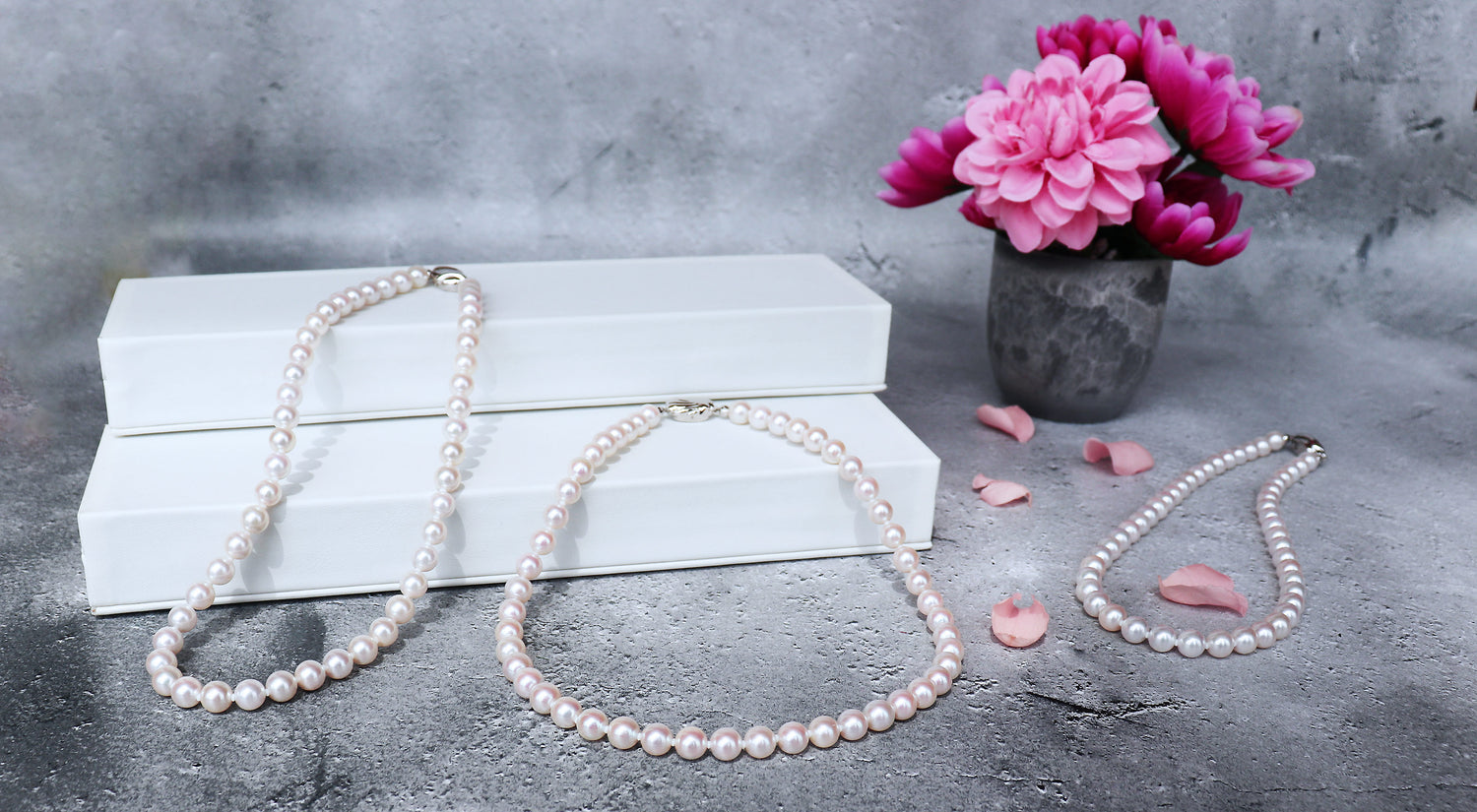
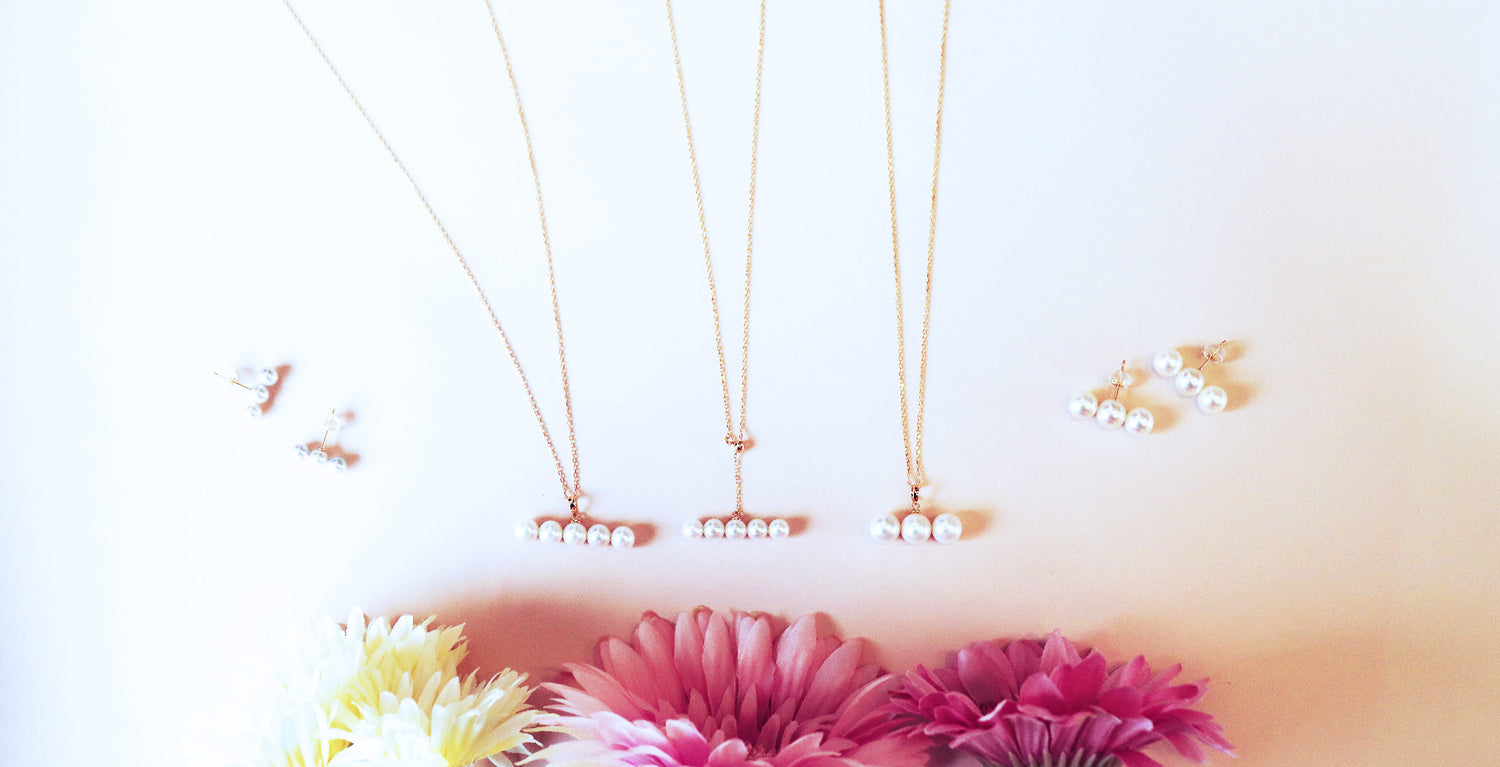
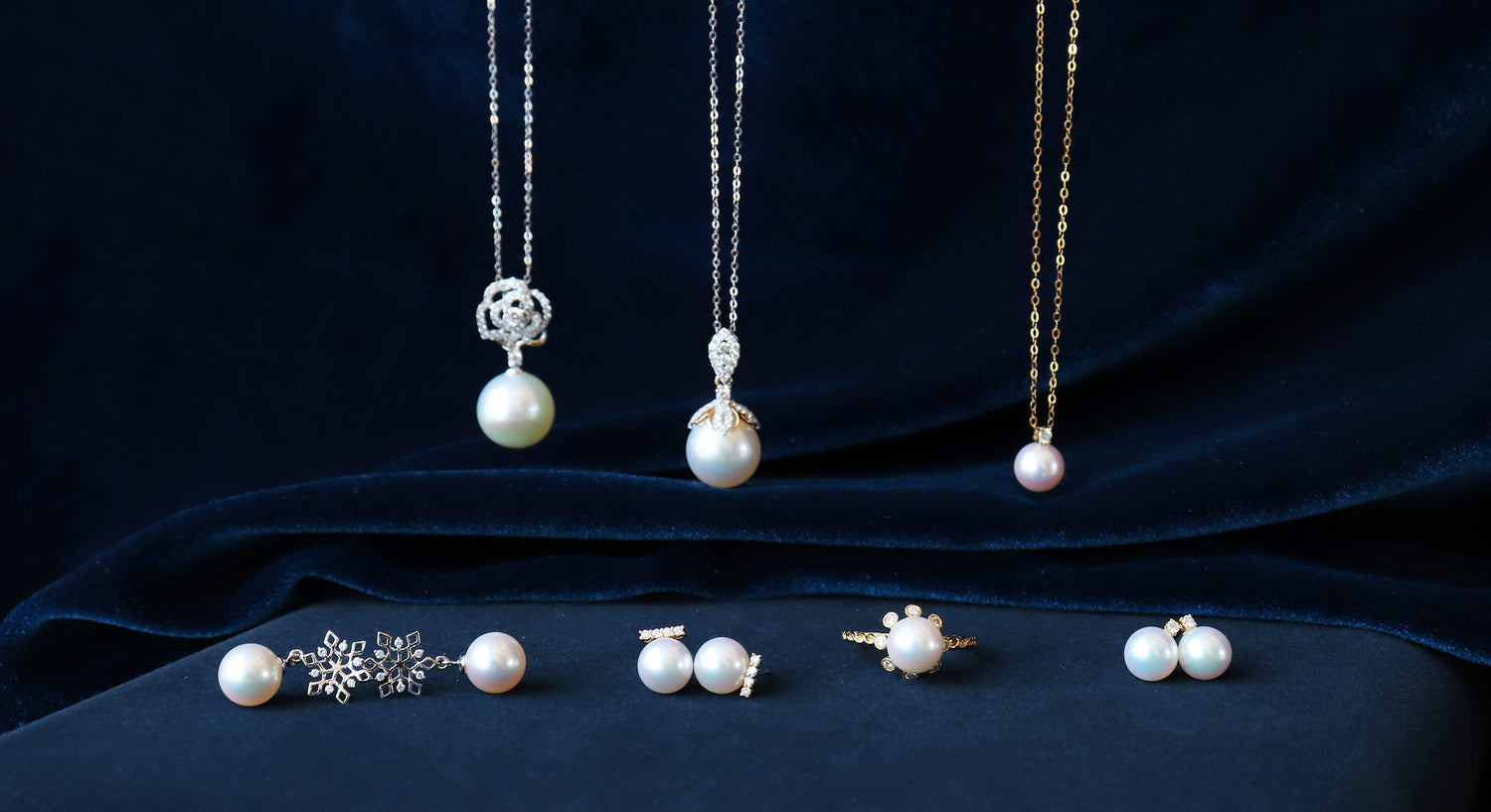
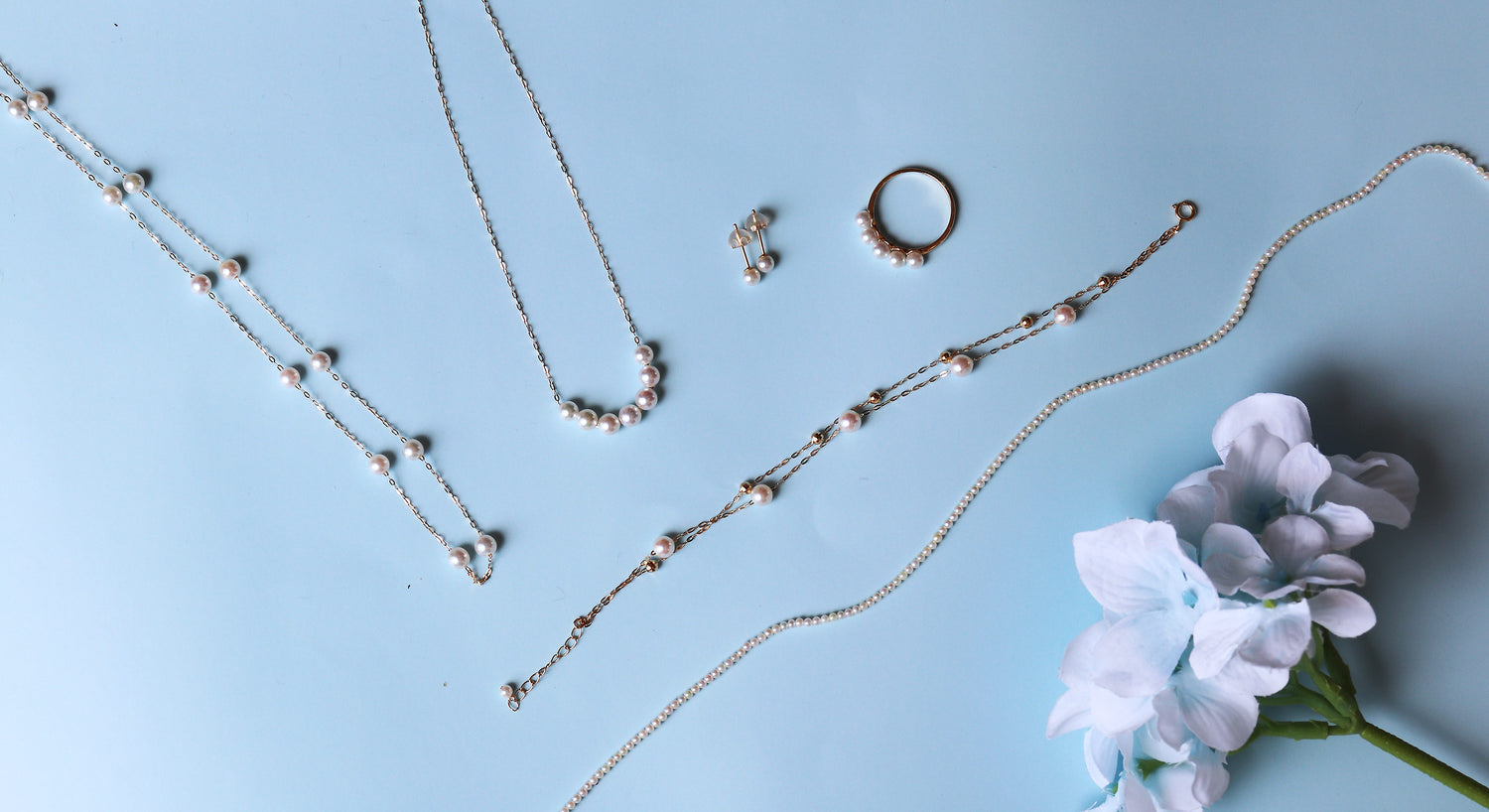
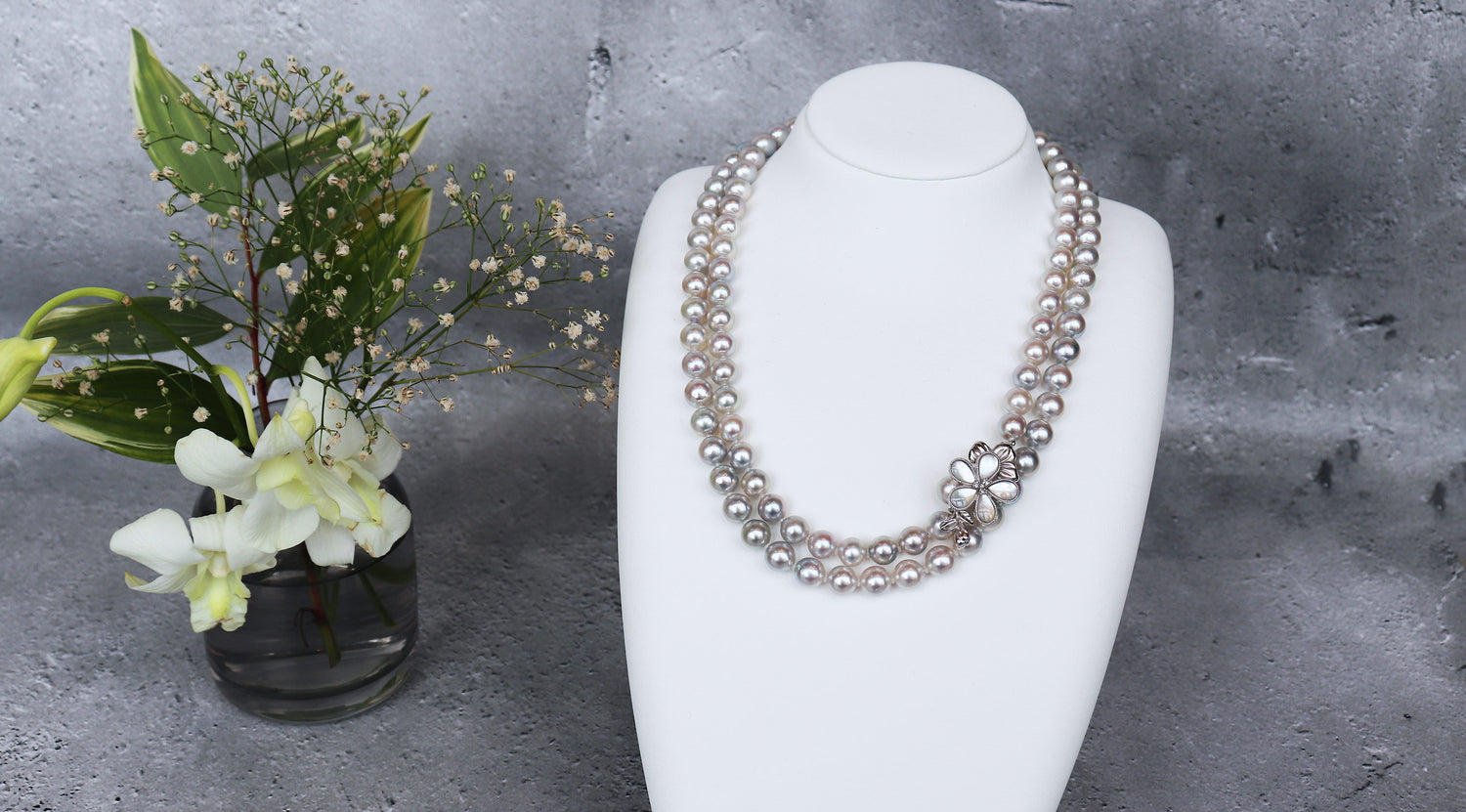
![<tc>Akoya 珍珠奶油色项链正式款 [Akoya 珍珠 7.0-7.5mm] [珍珠] [珍珠] [天然奶油] [罕见] 典礼入学典礼毕业典礼</tc>](http://pearlyuumi.net/cdn/shop/products/122-75ha_00.jpg?v=1667537534&width=533)
![<tc>Akoya 珍珠奶油色项链正式款 [Akoya 珍珠 7.0-7.5mm] [珍珠] [珍珠] [天然奶油] [罕见] 典礼入学典礼毕业典礼</tc>](http://pearlyuumi.net/cdn/shop/products/122-75ha_05.jpg?v=1667537556&width=533)
![<tc>Akoya 珍珠奶油色项链正式款 [Akoya 珍珠 7.0-7.5mm] [珍珠] [珍珠] [天然奶油] [罕见] 典礼入学典礼毕业典礼</tc>](http://pearlyuumi.net/cdn/shop/products/122-80cha_00.jpg?v=1667536616&width=533)
![<tc>Akoya 珍珠奶油色项链正式款 [Akoya 珍珠 7.0-7.5mm] [珍珠] [珍珠] [天然奶油] [罕见] 典礼入学典礼毕业典礼</tc>](http://pearlyuumi.net/cdn/shop/products/122-80cha_06.jpg?v=1667536629&width=533)
![<tc>Akoya 珍珠奶油色项链正式款 [Akoya 珍珠 7.0-7.5mm] [珍珠] [珍珠] [天然奶油] [罕见] 典礼入学典礼毕业典礼</tc>](http://pearlyuumi.net/cdn/shop/products/122-80ha_00.jpg?v=1667538328&width=533)
![<tc>Akoya 珍珠奶油色项链正式款 [Akoya 珍珠 7.0-7.5mm] [珍珠] [珍珠] [天然奶油] [罕见] 典礼入学典礼毕业典礼</tc>](http://pearlyuumi.net/cdn/shop/products/122-80ha-06.jpg?v=1667544379&width=533)
![<tc>Akoya 珍珠奶油色项链正式款 [Akoya 珍珠 7.0-7.5mm] [珍珠] [珍珠] [天然奶油] [罕见] 典礼入学典礼毕业典礼</tc>](http://pearlyuumi.net/cdn/shop/products/122-85cha_00.jpg?v=1667536517&width=533)
![<tc>Akoya 珍珠奶油色项链正式款 [Akoya 珍珠 7.0-7.5mm] [珍珠] [珍珠] [天然奶油] [罕见] 典礼入学典礼毕业典礼</tc>](http://pearlyuumi.net/cdn/shop/products/122-85cha_06.jpg?v=1667536530&width=533)

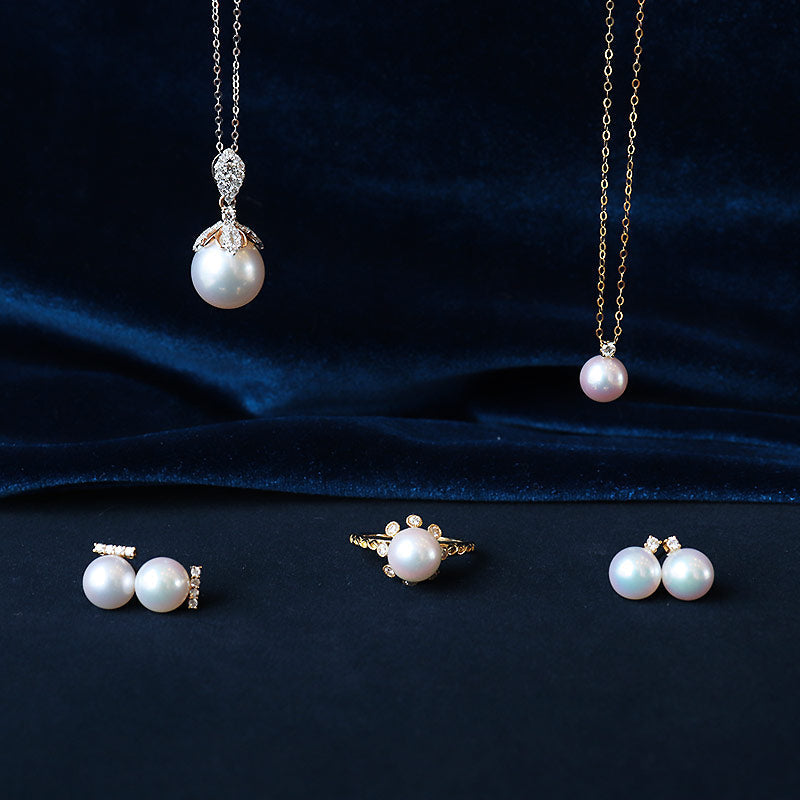







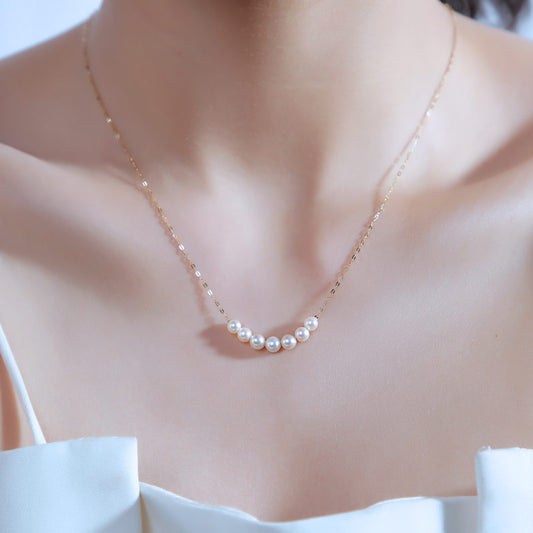

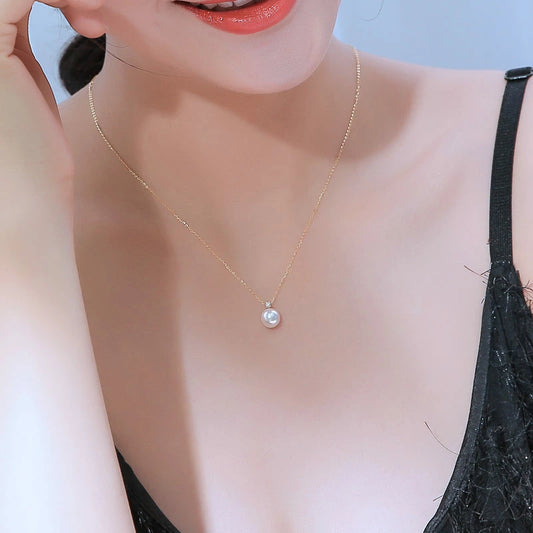

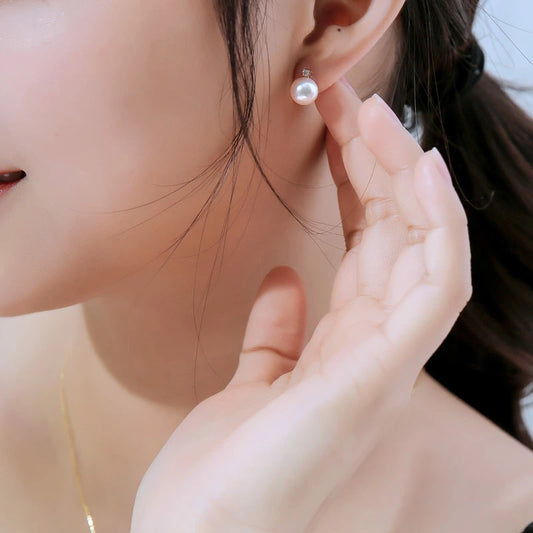

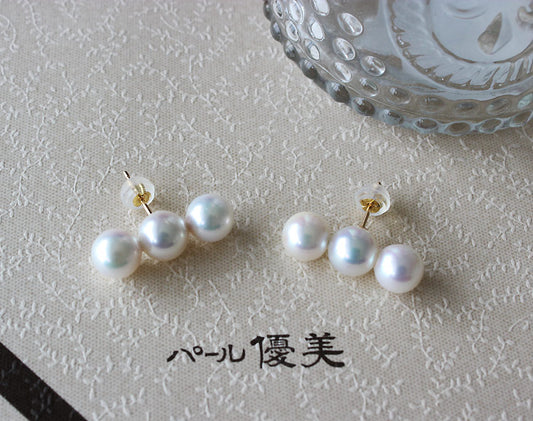

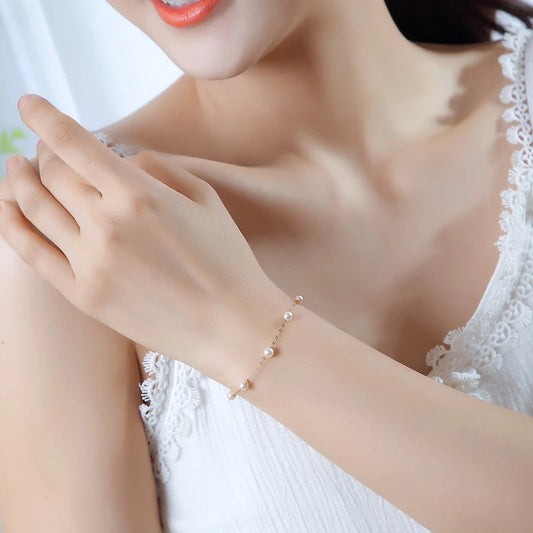
![<tc>Akoya 珍珠Baby珍珠耳钉 [Akoya Pearl] [5.0-5.5mm 耳环直钉 K18YG 或 K14WG]</tc>](http://pearlyuumi.net/cdn/shop/products/6661-2_00.jpg?v=1649582111&width=533)
![<tc>Akoya 珍珠Baby珍珠耳钉 [Akoya Pearl] [5.0-5.5mm 耳环直钉 K18YG 或 K14WG]</tc>](http://pearlyuumi.net/cdn/shop/products/6661-2_01.jpg?v=1649582111&width=533)

